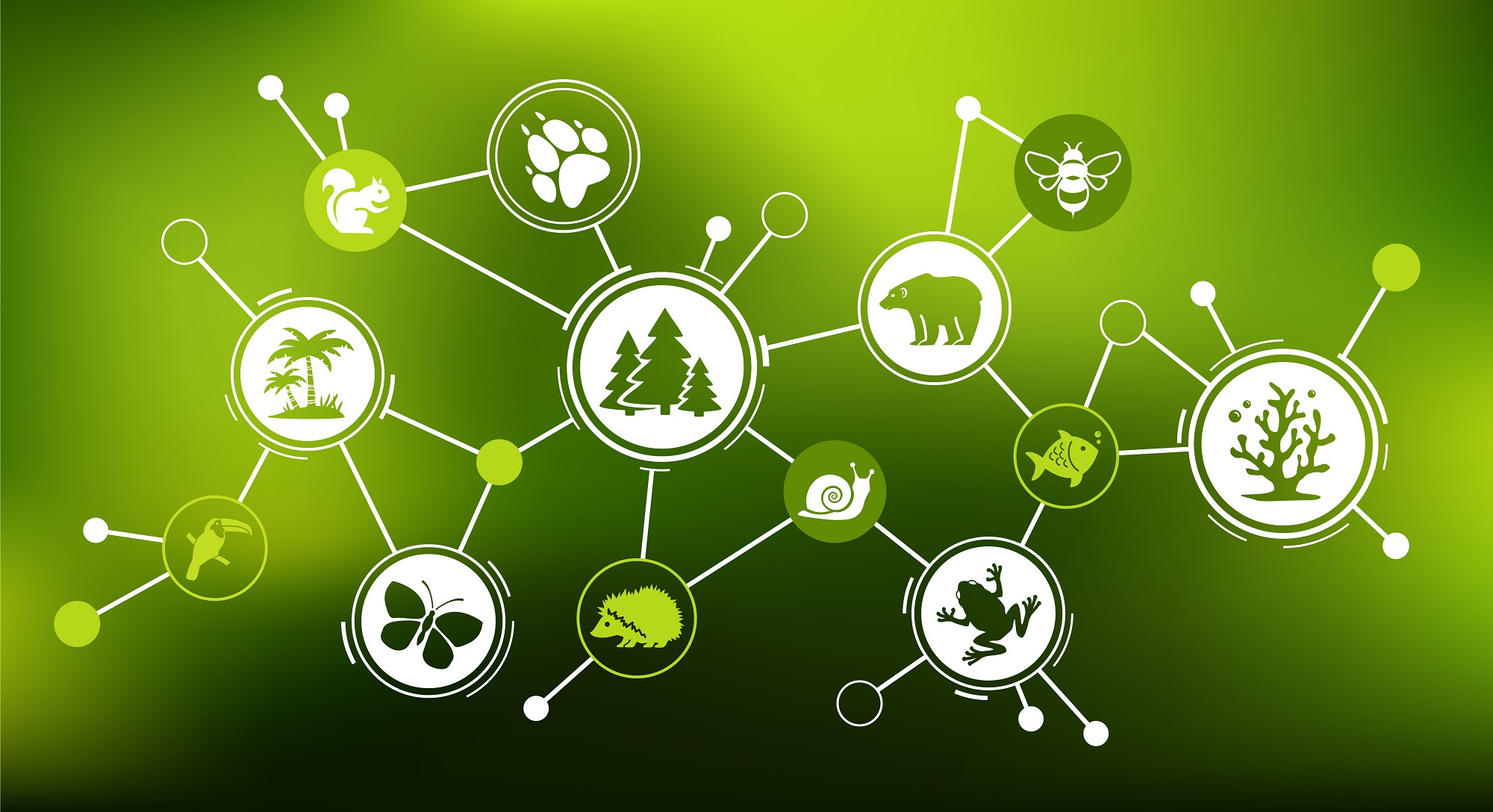SLM303: Introduction to Soil Pedology and Classification
Soils play a vital role in the quality of our environment. For example, soil impacts the quality and quantity of our food, and serves as foundation of our structures, as well as interact with the hydrosphere and atmosphere. Soil can be a source, a sink, or an interacting medium for many nutrients, as well as contaminants that impact humans, plants, wildlife, and other organisms. An understanding of soil properties and processes is therefore critical to the evaluation of the criteria to be adopted for the soil management.
The course consists of modules in units and a course guide. This course guide tells you briefly what the course is about, what course materials you will be using and how you can work with these materials. In addition, it advocates some general guidelines for the amount of time you are likely to spend on each unit of the course in order to complete it successfully. It gives you guidance in respect of your Tutor-Marked Assignment which will be made available in the assignment file. There will be regular tutorial classes that are related to the course. It is advisable for you to attend these tutorial sessions. The course will prepare you for the challenges you will meet in the field of soil pedology and classification.
Thus, after going through the course, you should be able to:
- explain the concept of soil its origin and formation
- study the morphological characteristics of soil
- identify the basic soil components
- explain the concept of soil forming rocks and minerals
- explain the concept of weathering of rocks and minerals
- description of the soil profile
- facts about soil survey
- steps in soil mapping
- steps in soil classification
- study the properties and management of Nigerian soils.


